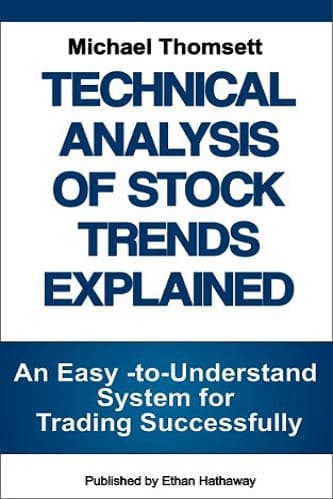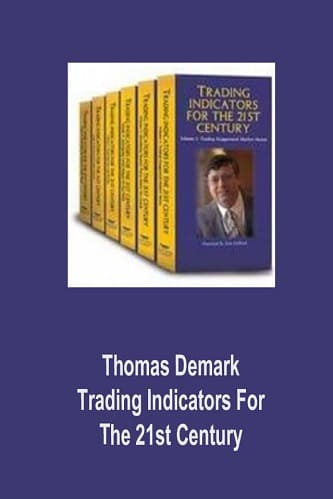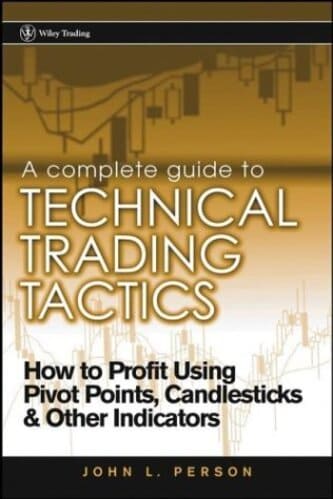Technical Analysis of Stock Trends Explained: An Easy-to-Understand System for Successful Trading
$9.99
| Author(s) | |
|---|---|
| Format |
|
| Pages |
165 |
| Publication Year |
2012 |
Technical Analysis of Stock Trends Explained offers to teach you a simple and concise system that helps you trade profitably and avoid making the wrong trades, without the complexities that normally derail so many traders. This book makes investment trading using Technical Analysis easy to understand for any level of investor.
Introduction:
Traders have heard about “fundamental analysis” and “technical analysis” and often decide to become adherents to one or the other. However, you can use both of these to:
- complement one another and improve skills in timing of trades.
- confirm and cross-confirm reversal indicators.
- create a wide view that brings in elements of price as well as financial trends.
The differences between these two approaches to analysis are significant. Fundamental analysis is defined as the study of financial trends (profitability and cash flow), expressed in ratios, and involving several years’ worth of status and results. It includes many components, all based on the historical financial record. Among these, the most significant results are:
- a . revenues and earnings over several years, aimed at spotting trends that may be either positive or negative. For example, if revenues are erratic or flat, it is difficult to estimate future direction. If revenues are rising but net profit (or net return) is declining, it is a sign of poor controls by management; if net earnings rise and net return is steady or improving, that is a signal of positive growth.
- b.debt ratio measures the organization’s reliance on borrowings, versus the use of equity to fund growth. This is derived by dividing long-term debt by total capitalization. (Total cap is the sum of long-term debt plus shareholders’ equity). If the debt ratio is high or increasing, it means future net earnings will have to be devoted increasingly to debt service and interest expense, and less for funding expansion or paying dividends.
- c.dividend yield is a key fundamental, and investors seek companies whose dividend is steady or growing. Those whose dividends have increased every year for 10 years or more (called “dividend achievers”) have tended over time to out-perform the market in general, and have also been able to minimize the year-to-year volatility in financial results more successfully than companies whose dividend has fallen or been missed.
- d . price/earnings ratio is an oddity because it compares a technical indicator (price) to a fundamental (earnings). A potential problem is that price is current and earnings are historical. For this reason, a study of PE should involve several years of the range of PE. Investors seek consistency and a relatively modest range. When the multiple of PE is too high, the stock is probably overpriced; when too low, it indicates a lack of interest in the company.
- e.fundamental volatility goes beyond the study of a multi-year trend, such as that for revenues and earnings. It is a study of the reliability in year-to-year changes. Investors like predictability, such as steady revenue and earnings growth and a reliable and consistent net return. Some results, however, tend to be highly volatile, with results ranging from high revenues and earnings one year, to reduced revenues and a net loss the next. This makes it impossible to predict future trends; so fundamental volatility is a key indicator.
Contents:
- CHARTS
- JAPANESE CANDLESTICKS
- TRENDS
- MOVING AVERAGES
- INDICATORS
- MOMENTUM OSCILLATORS
- CONFIRMATION
Technical Analysis of Stock Trends Explained By Michael C. Thomsett pdf









